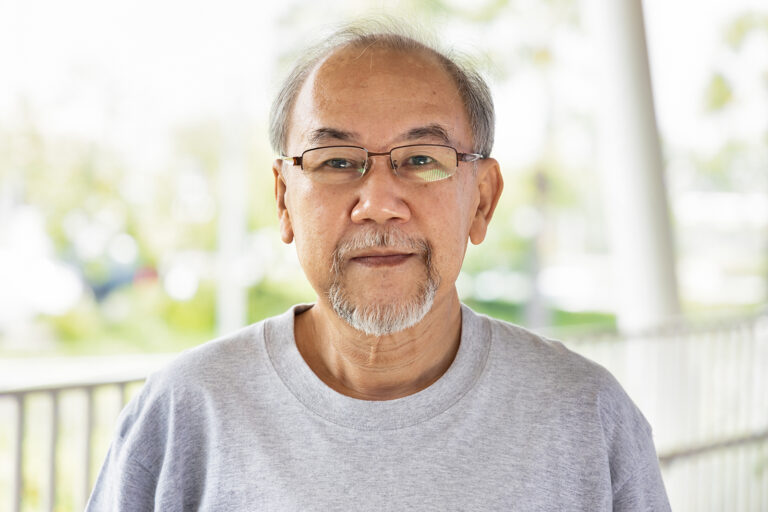Clinical trials are critical for us all to have favourable health outcomes regardless of our backgrounds. However, the effectiveness of this research is often limited by the challenges in enrolling participants from various diverse backgrounds. Understanding and respecting cultural differences not only fosters inclusivity but also enhances participation rates, thereby improving the reliability and applicability of research outcomes. This blog explores the importance of cultural safety in clinical trials and provides strategies to improve participation rates among diverse groups.
Why do we talk about cultural safety rather than cultural competence?
Cultural competency and cultural safety are two key concepts in healthcare and clinical trials that, while overlapping, have distinct focuses and implications.
Cultural competency refers to the ability of healthcare professionals and researchers to understand, communicate with, and effectively interact with people across cultures. This involves gaining specific knowledge about different cultural practices and worldviews and using this knowledge to improve services in a diverse environment.
On the other hand, cultural safety extends beyond awareness and the acquisition of knowledge to include reflection on one’s own cultural identity and power dynamics. It emphasises the participant’s experience, ensuring that the healthcare or research environment is free of racism and the negative effects of cultural assumptions. Cultural safety is about empowering individuals by respecting their cultural identity and safely meeting their needs, rights, and expectations.
The importance of cultural safety
Cultural safety is a vital component in clinical trials, serving not just as a principle for ethical research conduct but as a strategic approach to enhance the quality and effectiveness of health studies across diverse populations. It involves more than mere awareness or tolerance of cultural differences; it encompasses a comprehensive, reflective, and respectful practice aimed at creating a secure environment for participants from varied cultural and ethnic backgrounds.
Cultural safety extends beyond conventional engagement methods by placing an emphasis on self-reflection among researchers regarding their own cultural assumptions and biases. This introspective approach ensures that the interactions and methodologies employed are not inadvertently dismissive or offensive to different cultural practices. It’s about recognising the power dynamics inherent in medical research settings where, historically, researchers have held significant power over participants. By addressing these imbalances, cultural safety helps foster an environment where participants feel truly respected and valued, which is crucial for their active and willing involvement in research.
Cultural values, beliefs, and practices profoundly influence individual health behaviours, perceptions of illness and wellness, and the decision-making process regarding medical interventions, including participation in research. For example, certain communities may have holistic health views that incorporate spiritual elements, which they may feel are overlooked or undervalued by conventional Western medical practices. In such cases, researchers must approach these communities with heightened sensitivity and willingness to integrate these beliefs into the research framework when possible.
The shadow of past unethical medical practices, such as the Tuskegee Syphilis Study, looms large, especially within African American communities, fostering a deep-seated mistrust towards medical research. Similarly, Hispanic and Muslim populations might face barriers like language differences and specific religious practices that aren’t typically accounted for in standard research protocols. Acknowledging these historical and cultural factors is the first step towards healing these breaches of trust.
Researchers can build trust by actively involving community members in the planning and conducting of research, effectively making them partners in the process. This could include using community liaisons or cultural advisors and ensuring that study materials and consent forms are not only translated but also culturally adapted to reflect the community’s linguistic nuances and cultural context.
The ultimate goal of integrating cultural safety into clinical trials is to encourage broader participation by making studies more accessible and relevant to diverse populations. When participants feel their cultural identity is acknowledged and safeguarded, they are more likely to contribute to research efforts. This broader participation enriches the research data, leading to more robust findings applicable to a wider segment of the population, thus improving health outcomes across the board.
Impact of cultural safety on improving enrolment rates
Inclusive patient recruitment strategies: Incorporating inclusive patient recruitment strategies involves more than translating patient recruitment materials into another language. It includes understanding the community’s health priorities, common misconceptions, and preferred communication channels. For example, engaging community leaders and influencers can be an effective way of reaching out and building trust within communities.
Culturally tailored patient-facing materials: Providing educational materials that consider cultural nuances can help demystify clinical trials and address specific concerns and misconceptions. For example, materials for Orthodox Jewish communities can include information on how the research protocols align with religious practices.
Training for cultural safety: Researchers and staff should be trained not only in the ethical aspects of research but also in cultural safety. This training helps them to interact effectively and respectfully with participants from diverse backgrounds. Understanding cultural nuances can lead to better communication and fewer misunderstandings, enhancing participant comfort and willingness to enrol in studies.
Community-based participatory research (CBPR): CBPR involves community members in the research process, from planning to execution and dissemination of findings. This approach ensures that the research is relevant to the community’s needs and builds a co-ownership model that can lead to higher engagement and participation rates.









